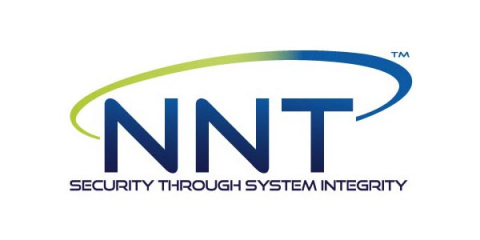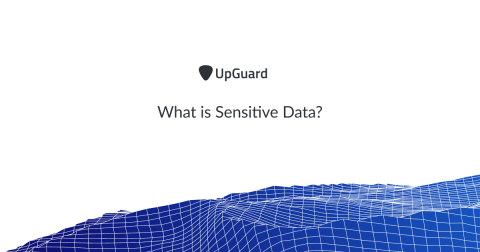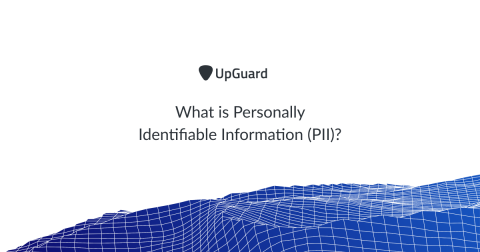Google Reports Massive iPhone Security Flaw
Google's Project Zero security researchers recently revealed that they found several malicious sites that planted malware onto people's iPhones for years. Researchers claim that if iPhone users visited one of the hacked websites, their messages, photos, and location data could have been compromised by hackers.









